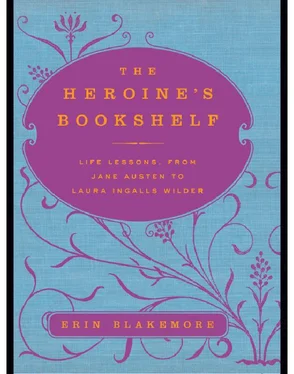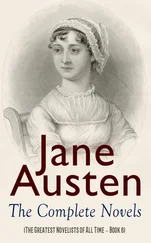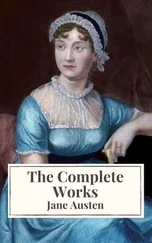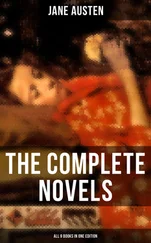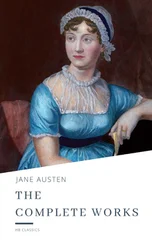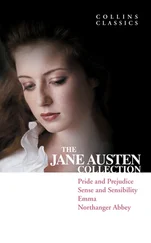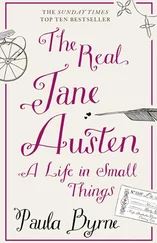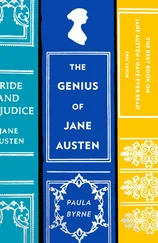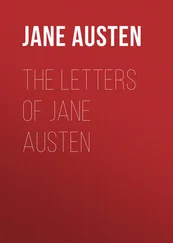Take Anne’s unconventional arrival at Green Gables. Blissfully unaware that she’ll be shipped back to the orphanage the next day, Anne introduces herself to Matthew Cuthbert and readers in a rapturous monologue that is happiness itself. The next morning, she befriends the tree outside her window and awaits her fate. But her happiest moment is the one in which she’s told that she belongs:
“I’m crying,” said Anne in a tone of bewilderment. “I can’t think why. I’m glad as glad can be. Oh, gladdoesn’t seem the right word at all. I was glad about the White Way and the cherry blossoms—but this! Oh, it’s something more than glad. I’m so happy. I’ll try to be so good. It will be uphill work, I expect, for Mrs. Thomas often told me I was desperately wicked. However, I’ll do my very best. But can you tell me why I’m crying?”
Though she had trouble enacting it in her everyday life, Maud passionately believed that creativity could transform the negative into something positive. She wrote this into her spunky heroine, creating a girl who translates her lonely childhood into a useful young womanhood. When Diana’s sister comes down with the croup, estranged Anne takes the experience of her neglected, overburdened childhood and turns it into something wonderful. Ipecac-soaked and full of hacking coughs, Minnie Mae’s rescue is more than just a close escape. It’s redemption, Maud-style… sadness translated into joy à la Anne Shirley. And it’s even more powerful when we learn that Maud herself unsuccessfully nursed her young cousin Katie, who died of pneumonia on her watch in 1904.
No, Anne isn’t content to merely transform trees into buddies and sinking boats into romantic biers. Her mission is greater and harder: armed with an extravagant imagination and a loud mouth, she sets out to change an entire town’s worldview—and succeeds.
Any woman who grew up thinking Marilla was bitchy and unapproachable should run, not walk, to the bookshelf and reread Anne. Over the course of the book, we see a familiar old spinster encounter a force of nature—and learn to love it. Just as Anne shatters the provincial town’s preconceptions of what to expect from an anonymous orphan girl with devilish red hair, she also explodes plain Marilla’s idea of what it’s like to love and be loved. We need only to watch Marilla secretly snuggle with a sleeping Anne to realize that a true transformation has occurred.
But for all of Anne’s happiness, there’s a bittersweetness to the Anne books that can be traced directly back to their creator. 1905, the year that birthed Anne, was the start of Maud’s own tentative attempt to balance happiness and despair. During the turbulent year in which she penned her first successful novel, Maud was not just immersed in the story of her “red-headed snippet"; she was faced with the most important choice of her life. Vain Maud loved to flirt and knew she would not easily be wooed; comfortable with subterfuge and mystery, she tried to keep her newest admirer, attractive Presbyterian minister Ewan Macdonald, at a comfortable distance.
But as her book neared completion, Maud’s own walls fell. She succumbed to Ewan’s measured courtship despite serious concerns about his temperament and prospects. Anne of Green Gables was already finished and making the rounds with publishers when Maud made her final decision, opting for the security of a home and a stable income in spite of her questions about Ewan’s stringent Presbyterianism and her concerns about the even stricter role of a minister’s wife. When Anne of Green Gables was published in 1908, Maud’s engagement was still a secret. She married Ewan only after the death of her grandmother in 1911.
Maud paid a heavy price for her supposed happiness; married life was not what she had bargained for. Unable or unwilling to purchase her own home through the proceeds of what was by now one of the most successful children’s books of its time, Maud opted instead to let Ewan make all the decisions. She followed him away from the island, experiencing increasing homesickness, isolation, and grief at their new home in Ontario. The years that followed would bring a child’s death, the onset of a devastating world war, and an exhausting legal battle with Maud’s publishers. Worse still was the loneliness Maud suffered every day. Ewan had waffled between attentive and distant during their six-year courtship, but once they married, things changed. He turned out to be mentally ill, abandoning her during his many nervous breakdowns.
Throughout her long marriage, self-censoring Maud was often silent on her loneliness, despair, and depression. She was accompanied by her happy heroine for the rest of her life, penning nine sequels and gaining international literary acclaim. But eventually Maud herself gave up the balancing act, exhausted by a tightrope walk that had stolen over thirty years of her life. In 2008, her family revealed that her 1942 death, formerly thought to be of congestive heart failure, was actually due to a self-inflicted drug overdose.
What is there for a modern heroine to learn from Maud’s own sad story? Surely a woman who went to such lengths to conceal her inner struggles, carefully commenting on her diaries and destroying inconvenient letters, doesn’t have much to teach about happiness. But Maud left us Anne, and Anne’s passionate embrace of now. That contradiction, and Anne’s own story of books not quite matching their covers, is a powerful reminder that internal and external circumstances don’t always match. Even if Maud wasn’t capable of living out true happiness, she gave it to generations of girls and women all over the world through books that have long outlasted her unhappy life. The most pleasant and vivacious person among us still has inner battles to fight; the ugliest orphan can bring beauty and love to her new world.
As modern heroines, we may have been teased for the color of our hair, but hopefully none of us has ever been told that our not-boyness is an unacceptable disappointment. No matter: Anne’s story belongs to us even if we’ve never laid eyes on a bottle of raspberry cordial. So what if Anne’s desperate longing to fit in is manifested in a passionate but outdated interest in puffed sleeves and the grandness of spare bedrooms? It doesn’t mean her story is any less powerful or relevant today.
As a weird, melodramatic child, I longed to do or say the one thing that would make me just like all other girls, no matter what the cost. It’s the kind of impulse that leads a girl to douse herself in Love’s Baby Soft or cover herself in hideous-but-stylish early 1990s flannels that threaten to engulf her entire teenage frame. This need to fit in at all costs smacks of reality-show antics designed to attract Z-list fame. It’s the enemy of progress and of self-esteem, something that drives a heroine off her higher path and into a world of trivialities and bad decisions. Yes, it’s hard to be a Cate Blanchett when you feel like a desperate Heidi Montag inside, but it’s not too hard to choose between the two.
Anne succumbs to that impulse, too. Tempted by what others possess, she accidentally dyes her red hair green, and gets Diana drunk on currant wine she mistakes for raspberry cordial in a dreadful parody of a proper visit. Every time she fumbles, she is reminded that happiness lies within, not in the trappings of a rich or popular girl. She isn’t a heroine because she finally gets the puffed sleeves she covets; she’s memorable for the little things, the springtime walks through verdant fields, her insistence on playing Tennyson’s Elaine in a sinking dinghy, the strength of her passionate likes and dislikes.
Elegant adult Anne will never leave gawky, self-hating Anne-who’d-rather-be-called-Cordelia altogether behind, but as the book progresses she focuses far more on what she has than on what she thinks she wants. Once she learns to trust that inner source of happiness, she’s free to be the Anne everyone loves—dreamy, impractical, fresh, and eternally unique. It’s not surprising that this Anne, who boldly flavors cake with anodyne liniment and tells off the town busybody, reflects the most appealing qualities of her creator. But Anne’s embrace of her own self, her fearless pursuit of her own happiness, is as much a cautionary tale as an inspirational one. Like the girl who falls off the kitchen roof and breaks her ankle due to her fear of unpopularity, a heroine is better served when she opts for internal pleasure rather than appeasing others. And like Anne, we’d do well to cultivate happiness on the inside in the hopes that we’ll start to see it all around. Yes, there is something to be said for happiness. Just ask Maud:
Читать дальше
